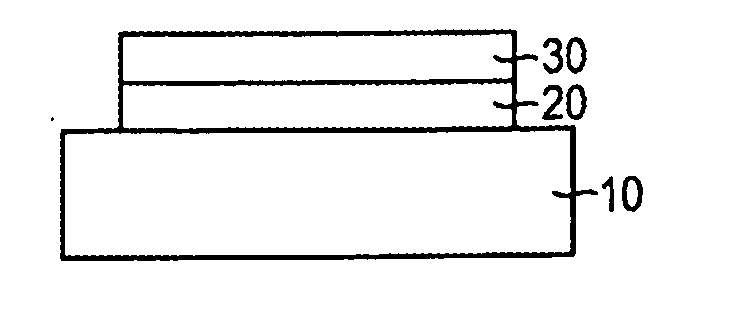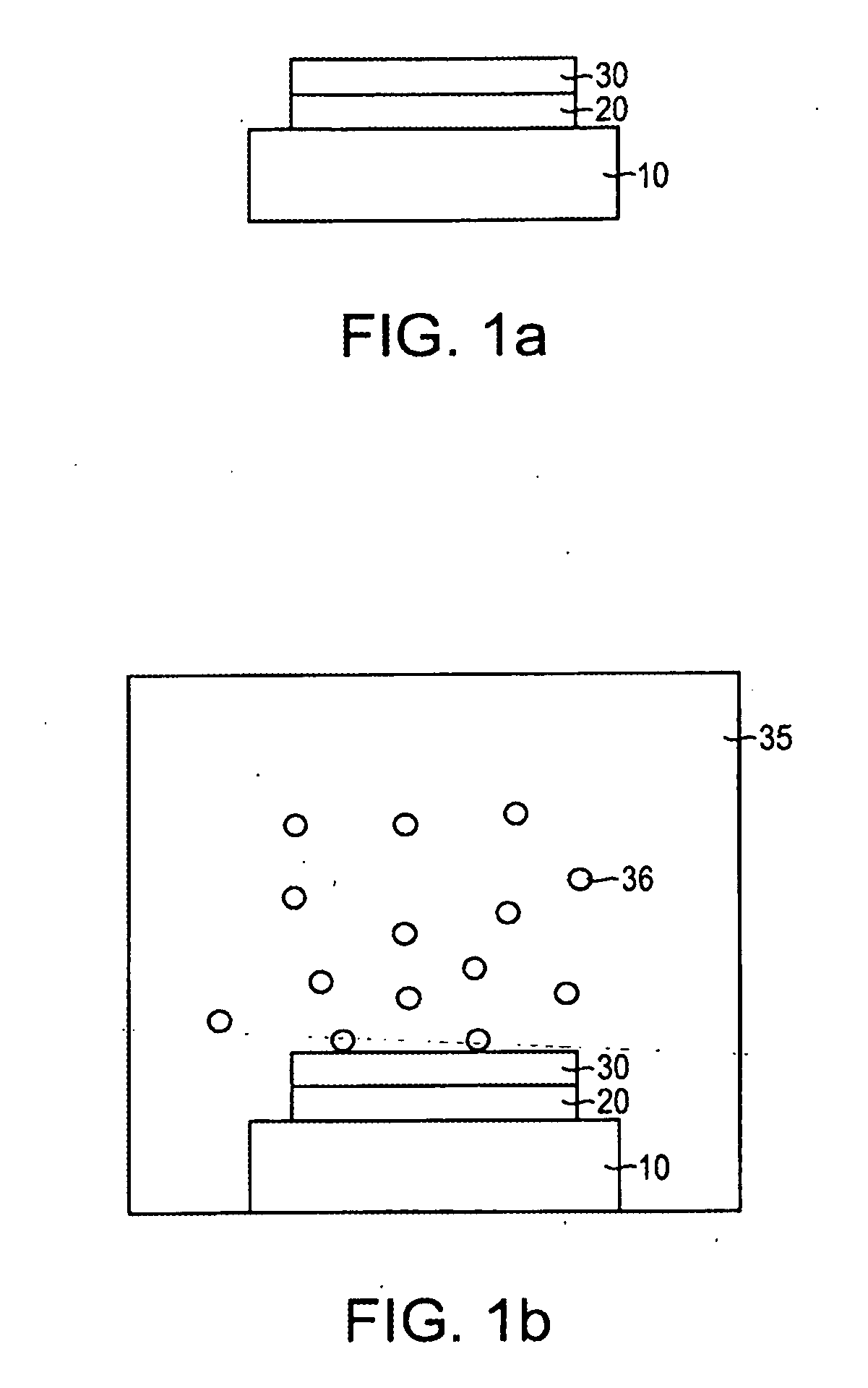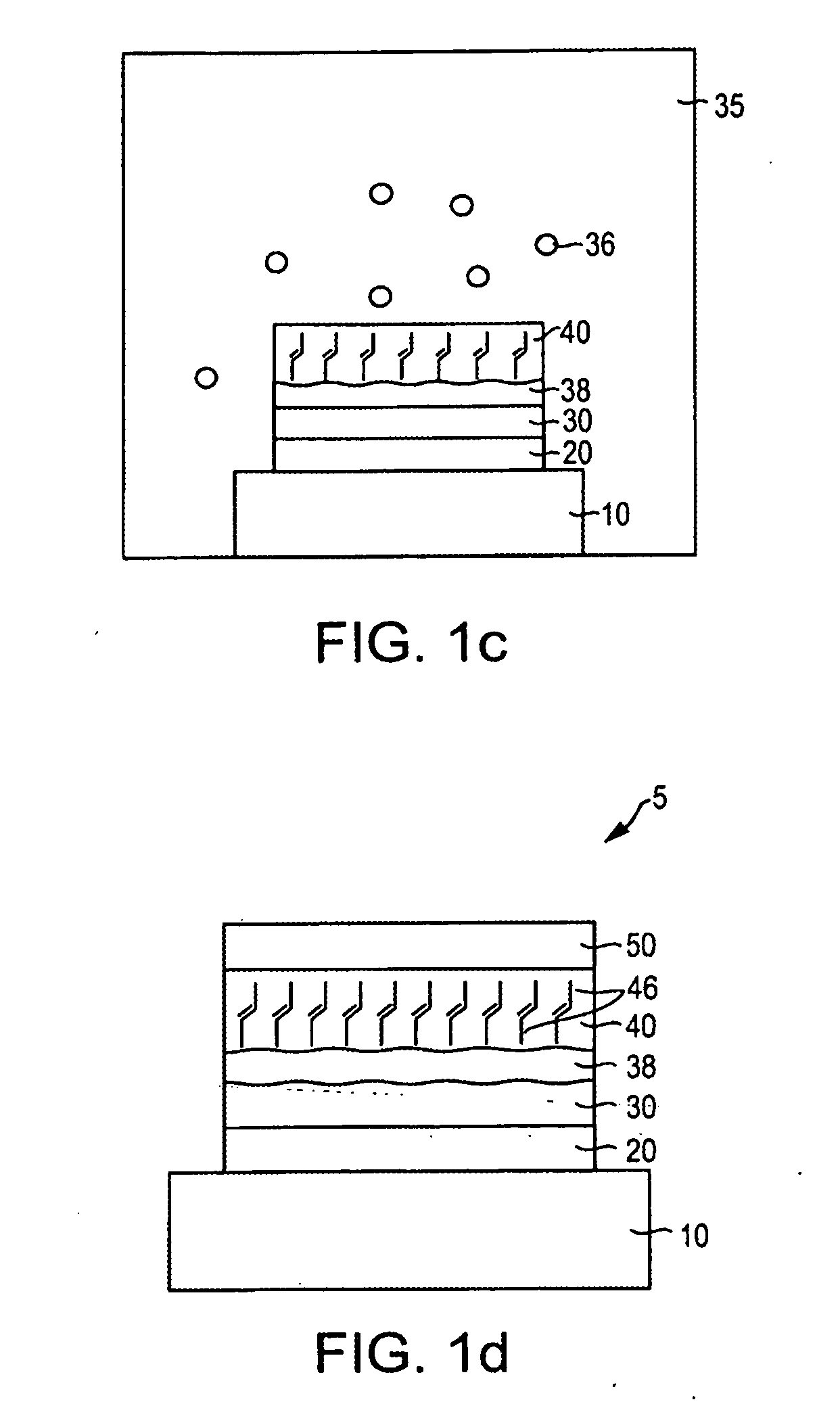Method to manufacture polymer memory with copper ion switching species
a technology of copper ions and polymer memory, applied in the direction of digital storage, instruments, electrical equipment, etc., can solve the problems of shortening the data holding time of elements, ram devices are typically volatile, and the storage data is lost, so as to achieve flexibility in memory system design and easy and inexpensive manufacturing
- Summary
- Abstract
- Description
- Claims
- Application Information
AI Technical Summary
Benefits of technology
Problems solved by technology
Method used
Image
Examples
Embodiment Construction
[0022] In the following detailed description, reference is made to various specific embodiments of the invention. These embodiments are described with sufficient detail to enable those skilled in the art to practice the invention. It is to be understood that other embodiments may be employed, and that various structural, logical and electrical changes may be made without departing from the spirit or scope of the invention.
[0023] The term “superionic conductor” is intended to include any solid state material having a high ionic mobility, thus allowing ions to easily flow through the material.
[0024] The present invention provides novel electrical devices and methods of forming such devices. In these devices and methods, an easily formed molecular composite material, such as a polymer, is electrically coupled between two electrodes. The composite material includes mobile ions for electrically switching the memory device. The mobile ions are derived from a source layer during formatio...
PUM
 Login to View More
Login to View More Abstract
Description
Claims
Application Information
 Login to View More
Login to View More - R&D
- Intellectual Property
- Life Sciences
- Materials
- Tech Scout
- Unparalleled Data Quality
- Higher Quality Content
- 60% Fewer Hallucinations
Browse by: Latest US Patents, China's latest patents, Technical Efficacy Thesaurus, Application Domain, Technology Topic, Popular Technical Reports.
© 2025 PatSnap. All rights reserved.Legal|Privacy policy|Modern Slavery Act Transparency Statement|Sitemap|About US| Contact US: help@patsnap.com



